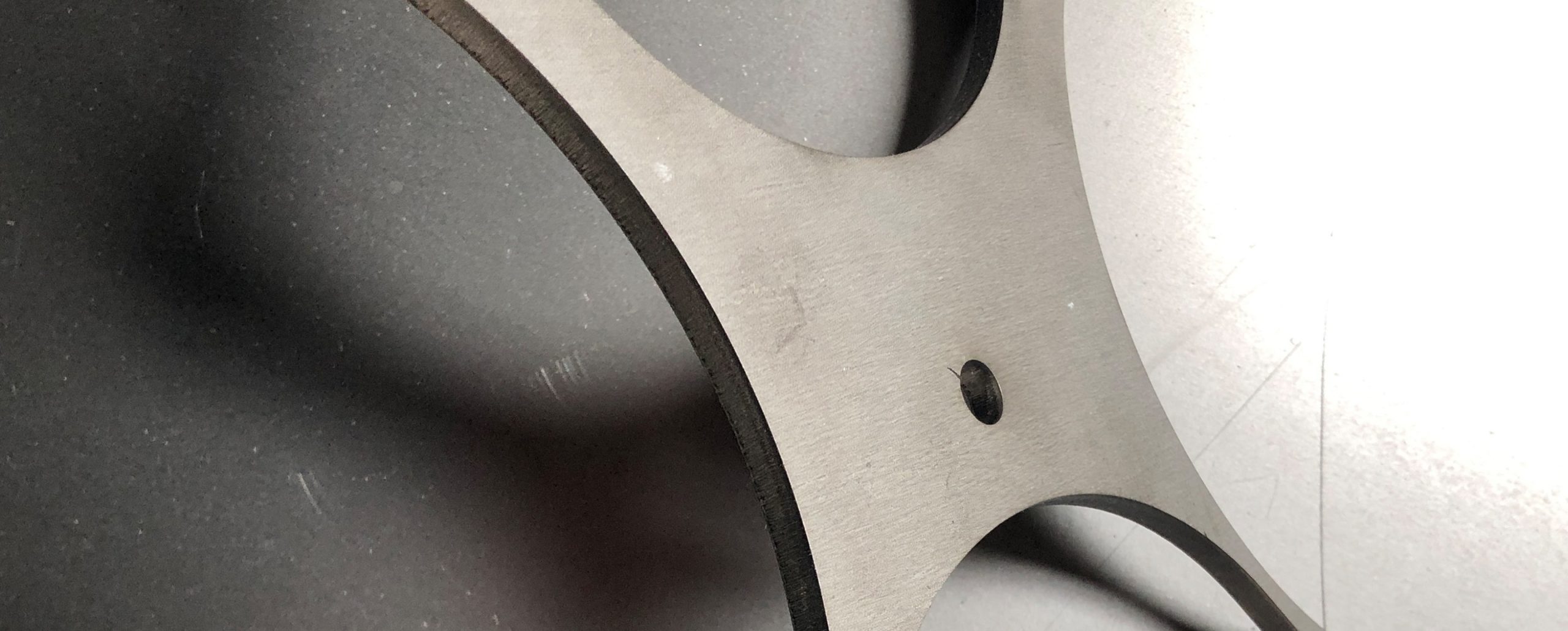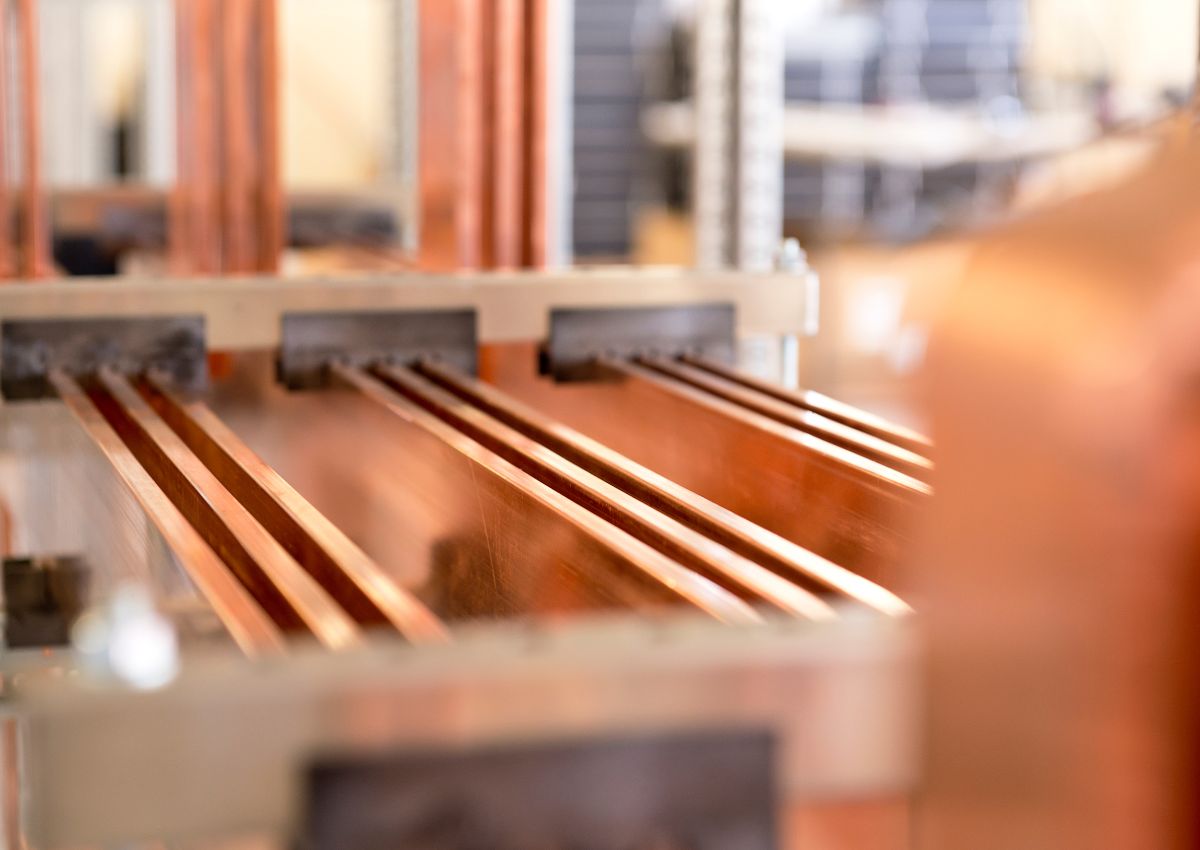The Advantages of Using Aluminum Busbars Over Copper: Copper Bus Bars, Aluminum Bus, Copper Busbar
At AP Precision Metals, we understand the critical importance of selecting the right materials for electrical projects. This page delves into the comparative advantages of utilizing aluminum busbars over copper busbars. While copper has long been a staple in electrical applications, aluminum offers unique benefits that can lead to cost savings and improved performance. Explore how aluminum busbars may provide the efficiency and reliability you need for your next project.
Electrical Performance and Conductivity: Copper Busbar vs. Aluminum
When it comes to electrical performance and conductivity, choosing the right material for busbars is crucial. Copper and aluminum are effective conductors; however, they come with distinct characteristics that impact their utility in various applications. Understanding the differences can help you decide between copper busbars and aluminum busbars for your electrical systems.
Copper is widely regarded for its high electrical conductivity, which makes it a preferred choice in numerous applications. The electrical conductivity of copper busbars is approximately 57-58 MS/m (Megasiemens per meter), placing copper among the top materials for efficient electrical current transfer. This exceptional conductivity means that copper busbar systems can maintain lower resistance over long distances, thereby minimizing energy loss. Copper, being a more robust metal, can also withstand higher temperatures and heavier electrical loads, making it particularly suitable for industrial and high-demand electrical applications.
On the other hand, aluminum busbars also offer good electrical conductivity, albeit slightly lower than copper. The electrical conductivity of aluminum busbars is around 35-38 MS/m. While aluminum is less conductive than copper, it remains a popular choice due to its lightweight properties and cost-effectiveness. Additionally, aluminum’s conductivity per weight is much higher than copper’s, which means aluminum bus systems can sometimes be designed to match the conductivity of copper busbars by simply increasing the cross-sectional area.
One noteworthy consideration when comparing these two materials is thermal expansion. Aluminum busbars have a higher coefficient of thermal expansion compared to copper busbars. This means aluminum expands more under heat, which can affect joint integrity in the long run if not correctly managed. However, with modern engineering solutions, junctions and terminations for aluminum busbars are designed to accommodate these expansions without compromising the system’s overall reliability.
Copper and aluminum busbars provide excellent solutions, but the choice between these materials will often depend on the specific requirements of the electrical system. Copper, though pricier, offers unmatched electrical performance and stability under various conditions. Aluminum, meanwhile, presents a cost-effective alternative that doesn’t compromise much on conductivity and is easier to install due to its lighter weight.
While copper busbars prove superior in sheer electrical conductivity and durability, aluminum bus systems can provide comparable performance with the added benefits of cost savings and ease of installation. By weighing these factors, engineers and project managers can choose the more appropriate material—copper or aluminum—for their specific electrical needs.
Economic Exchange: Aluminum vs. Copper in Busbar Manufacturing
When considering the economic exchange of using aluminum versus copper in busbar manufacturing, it’s vital to examine the many factors that come into play. At AP Precision Metals, we’ve conducted extensive research comparing both metals, focusing on their economic benefits and performance characteristics.
To begin, aluminum and copper busbars differ significantly in cost. Aluminum busbars are less expensive, saving companies a considerable amount of money. On average, switching from copper to aluminum can save companies up to 40 percent or more, which is highly beneficial in industries where cost-saving is a priority.
Furthermore, the lightweight nature of aluminum compared to copper offers additional advantages. Aluminum’s lower density means that aluminum busbars contribute to reduced weight in electrical trunking systems. This reduction in weight can lead to decreased transportation costs and easier handling during installation, thereby enhancing overall efficiency.
From an economic standpoint, using aluminum instead of copper busbars in trunking can result in further savings. While copper is known for its excellent conductivity, aluminum’s improved electrical performance and conductivity make it a competitive alternative. The use of aluminum in busbar manufacturing isn’t just a matter of initial savings; it’s also about long-term economic benefits. For instance, aluminum busbars have been shown to exhibit less wear and tear over their lifespan, reducing maintenance and replacement costs. This factor alone can translate to significant savings over time.
Moreover, aluminum busbars boast superior corrosion resistance compared to copper. Corrosion can lead to substantial economic losses, often necessitating replacements and repairs. By choosing aluminum, companies can avoid the costs associated with corrosion, contributing to more stable and predictable budgeting. The economic exchange does not simply end at the initial cost. Considering the overall lifecycle, aluminum proves to be economically advantageous for busbar manufacturing.
AP Precision Metals continuously evaluates the benefits of shifting from copper to aluminum busbars, and the findings consistently highlight the economic advantages. From the material costs to the reduced weight aiding in transportation and ease of installation, aluminum stands out as a smart choice. Although copper busbars have traditionally been the go-to option for high-electrical performance applications, advancements in aluminum technology make it a viable competitor.
Cost Efficiency and Stack Design for Aluminum and Copper Busbars
When evaluating cost efficiency and stack design for aluminum busbars and copper busbars, it’s essential to delve into the factors that influence these metrics. Aluminum busbars offer a significant advantage in terms of cost. The production and procurement cost of aluminum is substantially lower compared to copper. This cost-benefit is particularly noticeable in large-scale projects where the price difference can lead to substantial savings. Aluminum and copper busbar usage needs to be carefully analyzed to understand their efficiency in specific applications.
The intrinsic properties of aluminum and copper contribute to their performance in stack design. Aluminum bus is lighter than copper, allowing easier handling and installation, reducing labor and transportation costs. This weight advantage also means that aluminum busbars can be used in applications where weight savings are crucial. Despite its lower weight, aluminum boasts impressive mechanical strength, making it a robust choice for various applications.
In terms of conductivity, copper busbars have traditionally been favored because of their superior conductivity. However, aluminum busbars have closed the gap with advancements in technology. In many scenarios, the slight difference in conductivity between aluminum and copper does not impact the overall efficiency significantly. Increasing the cross-sectional area of aluminum bus can achieve electrical performance similar to copper busbars, providing a cost-effective and efficient solution.
The design flexibility of aluminum busbars is another notable advantage. Their lightweight nature and ease of fabrication allow for more complex and customized designs, which can be a critical factor in optimizing the stack design. Innovations in aluminum welding and joining technologies have further enhanced the feasibility of using aluminum in sophisticated bus bar setups.
Addressing Common Questions About Copper and Aluminum Busbars
When deciding between copper busbars and aluminum busbars for your electrical applications, it’s essential to understand the benefits and drawbacks each material brings. In this section, we’re addressing common questions to help you make an informed choice.
One common question is: Why the use of aluminum busbars is becoming more prevalent? Aluminum busbars are lighter and less expensive compared to copper busbars. This weight advantage makes them easier to handle and install, which can save time and reduce labor costs in electrical installation projects. Despite aluminum’s advantages, some people worry about its electrical performance. However, advancements in technology have significantly improved aluminum busbar’s conductivity, making it a viable alternative to copper busbars.
Another frequent question involves the cost efficiency of each material. Many industries are turning to aluminum due to its cost benefits. The price of aluminum is generally lower than that of copper, which can result in significant savings, especially in large-scale applications. By choosing aluminum busbars, companies can maintain high performance while remaining within budget. If you need a detailed quote to compare overall costs, please contact our team.
We also get many queries about the durability of aluminum versus copper. While copper bus bars are known for their mechanical strength and superior conductivity, aluminum is also highly durable and resistant to corrosion when properly treated. This makes it suitable for various environments, including humid and corrosive settings. When used appropriately, both materials can ensure long-term reliability in electrical systems.
A significant consideration is the environmental impact. Using aluminum bus can contribute to sustainability goals because aluminum is more readily recyclable than copper. Companies keen on reducing their carbon footprint often find aluminum busbars to be an eco-friendly choice. Addressing these environmental concerns, therefore, becomes a critical factor in the decision-making process.
Many customers ask about the compatibility of aluminum in electrical systems traditionally using copper busbars. It’s essential to note that both materials have different expansion and contraction rates. Therefore, when connecting aluminum busbars to copper components, using the right connectors and ensuring proper installation practices are crucial. This prevents issues related to thermal expansion and contact resistance.
Lastly, a common question revolves around regulations and standards. Copper and aluminum must meet specific industry standards, but some projects might have specifications that favor one material over another. Always check the relevant regulations for your particular application. If you need further assistance or wish to discuss a specific question, feel free to reach out to us.


